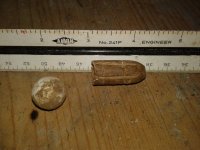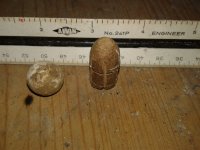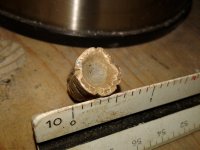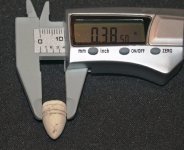RelicHnter
Jr. Member
- Dec 29, 2017
- 34
- 82
- Detector(s) used
- Fisher F2,
F75LTD
- Primary Interest:
- All Treasure Hunting
Ball is approx 5/8" in diameter
Bullet is 1-1/8" x 1/2"
Bullet is 1-1/8" x 1/2"
Amazon Forum Fav 👍
Attachments
Last edited:









